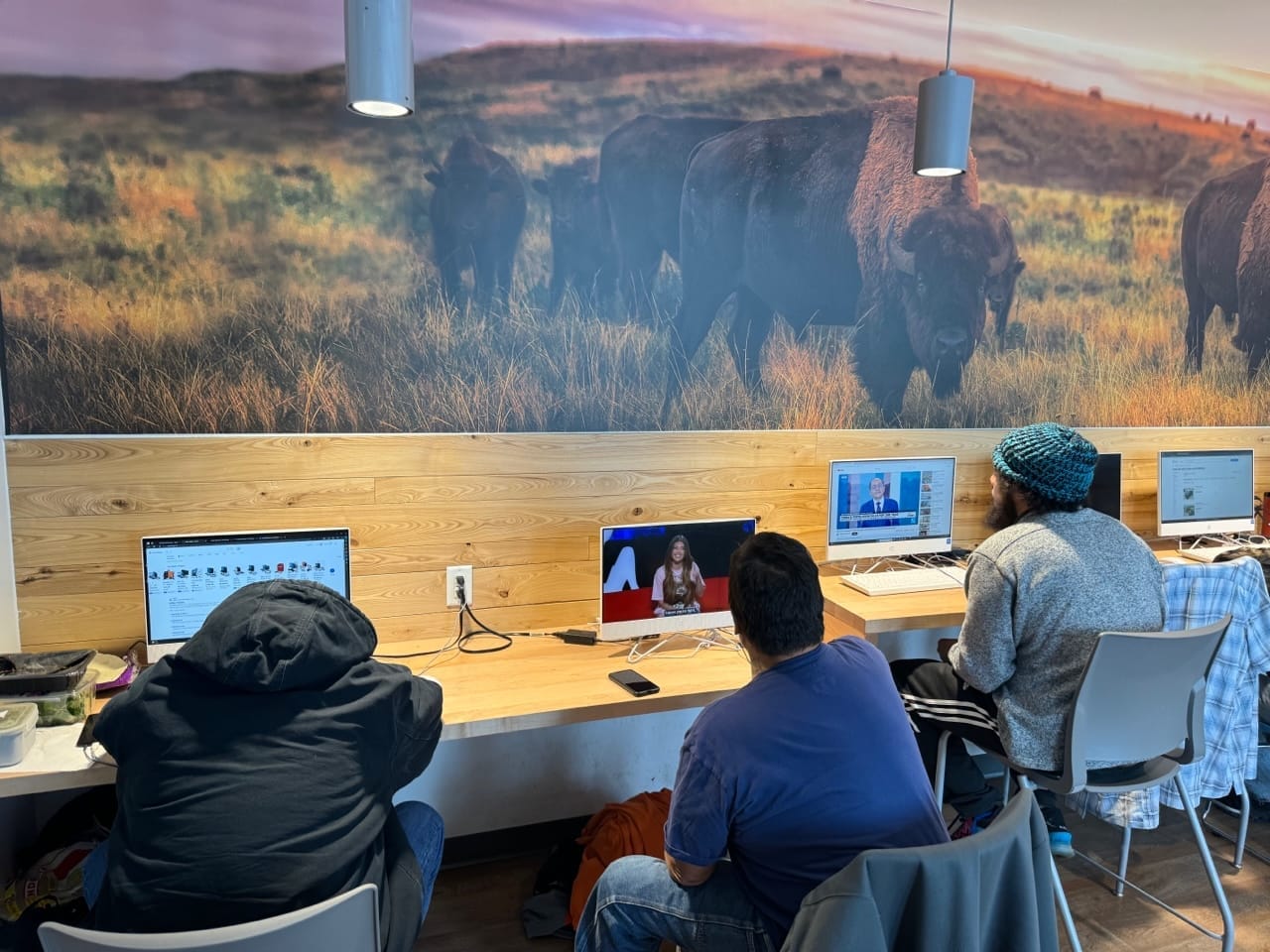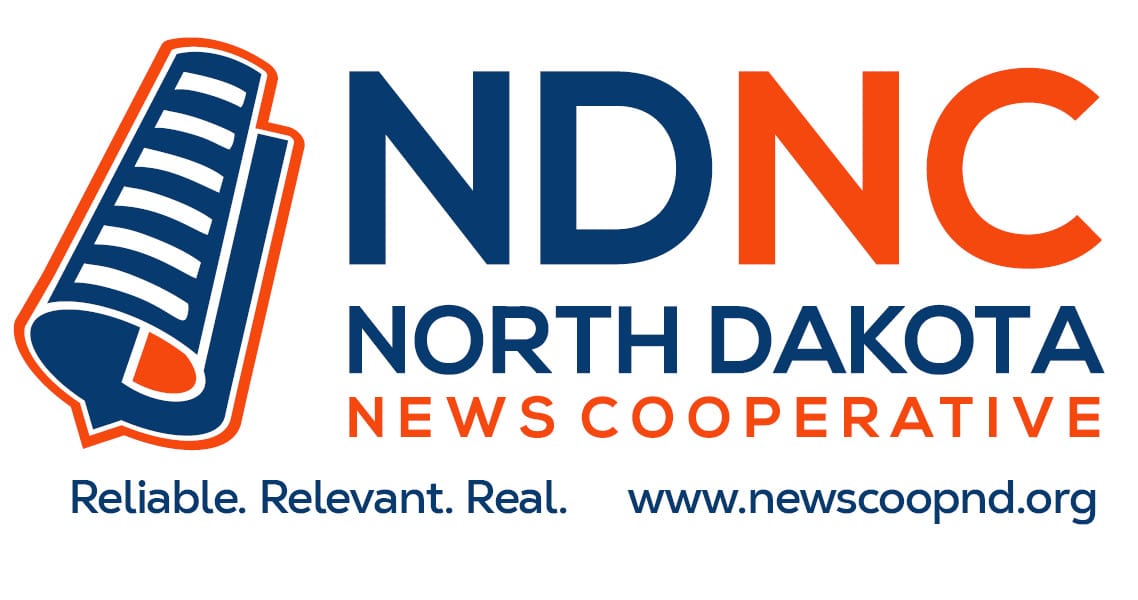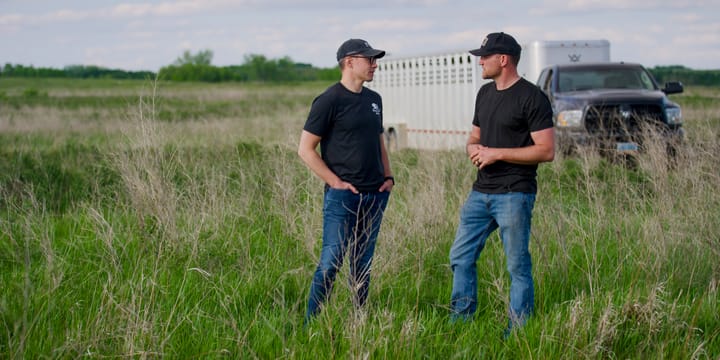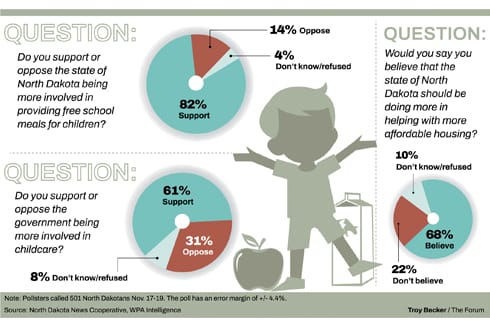‘The question our communities need to solve’
Housing insecurity, evictions rise as prices climb and assistance dwindles

A newly reorganized N.D. Interagency Council on Homelessness could have an early crisis on its hands because of significant changes to federal homelessness funding.
A Nov. 13 directive issued by the U.S. Department of Housing and Urban Development (HUD) signaled a funding shift away from long-term permanent housing solutions toward shelters and transitional housing.
For the YWCA of Cass-Clay, which assists women and children suffering homelessness – often because they were victims of abuse, the loss of federal funding could be drastic for some of its housing programs.
The YWCA received HUD grants issued through the state’s Continuum of Care (COC) arm annually since 1989. It currently has three – one transitional housing, one permanent and one specifically focused on domestic violence.
YWCA CEO Erin Prochnow said 45 of the organization's 97 housing units are at risk of being lost because of the funding priority shift and the grant uncertainty going forward.
“I believe that this will make some folks homeless again,” Prochnow said.
Timing has also changed for applying for grants and disbursement, with a Dec. 12 deadline to submit to the state COC, which will then apply to HUD.
This rushed timeline has created some anxiety about when funding that is eventually disbursed will actually come in.
“On the first of January, I don’t know if I have a transitional housing program,” Prochnow said. “The first of March, I don’t know if I have a permanent supportive housing program.”
Besides those 97 units, the YWCA also offers emergency shelter for an average of around 350 women and children every day, she said.
Currently, around seven grants, both federal and non-federal, help fund the various YWCA programs, she said.
“We, collectively as service providers, know what works and have demonstrated we know what works,” Prochnow said. “There’s just not enough funding to go around to meet the growing demand, and our community locally in Fargo-Moorhead has grown.”
Jennifer Henderson, director of community housing and grants management at N.D. Housing Finance Agency (NDHFA), said since the HUD directive just came out, they are still trying to get a better understanding of the funding situation and the timelines.
“It’s going to be a significant change,” said Henderson, the new chair of the homelessness council. “We do anticipate that when all of the dust settles, we’re going to have some organizations who have been recipients who may not have funding. (Then the question is) how do we fill those gaps with other resources, if we can.”
Henderson said North Dakota usually has a higher percentage of funding coming from HUD through the COC that goes to permanent housing, so “funding may look different this next year,” she said.

Hope for a fresh start
Despite the looming challenges, those working with people experiencing homelessness hope bringing back the statewide council could lead to more momentum for tackling the challenge.
Gov. Kelly Armstrong reestablished the Interagency Council on Homelessness on Nov. 14. The council will be tasked with recommending “strategies to wipe out homelessness and prevent its underlying causes,” according to the executive order.
“Homelessness is such a complex issue that state, local and private entities should not address it independently,” Henderson said.
“That’s ultimately the goal of the council, to coordinate state policy, to ensure there are good working relationships between state agencies and our homeless providers, and come at homelessness with a unified, coordinated response,” Henderson said.
The council was previously established in 2004 and started creating a 10-year plan for addressing homelessness. After developing the plan, the council lost momentum between 2018 and 2021, and was never reauthorized during Gov. Doug Burgum’s final years in office.
“We see an incredible opportunity to align strategies across the state,” Chandler Esslinger, executive director of Fargo-Moorhead Coalition to End Homelessness and board chair of the N.D. Coalition for Homeless People.
“Across the state, we’re continuing to see an increase in homelessness,” she said.
Esslinger said the situation stabilized a bit during the pandemic, particularly as funding for things like rental assistance trickled down to the states, but the state is now back to a “cliff” which developed prior to the pandemic and is moving toward a “crisis.”
Sister Kathleen Atkinson, executive director of the low-barrier Ministry on the Margins in Bismarck, which offers homeless people a safe place to shelter nightly, said she’s excited about the work a renewed council could achieve.
“In a state like North Dakota, homelessness is going to need to be addressed from the state,” Atkinson said. “I’m very much a supporter of help and guidance from the state in a regional way.”
Jena Gullo, executive director at Missouri Slope Areawide United Way in Bismarck which runs a shelter, said she’s hopeful now that the council has been reorganized.
“I feel it will be very action-oriented,” Gullo said, while leading around 40 people on a mile-walk through Bismarck Nov. 18, tracking the route many homeless people take on the city’s southside.
“I’m hopeful that the interagency council, not just in Bismarck, but throughout rural communities in western North Dakota, will be able to get some funding to be able to do what we know works,” Gullo said.

One issue Gullo currently faces is her shelter no longer has the funding to be open around the clock – something it’s not been able to do since March.
With colder weather looming, and no other shelters open in the daytime in Bismarck, the homeless population has to roam.
“When we’re open 24/7, we know that 80% of the people we serve don’t return to homelessness,” Gullo said.
Bismarck-Burleigh Public Health is in the process of creating a community triage program that would provide for a more coordinated response to homelessness in the capital than is currently available.
A complex, growing issue
From last October through September, over 6,500 people either experienced homelessness or were assisted by prevention programs or rapid re-housing statewide, according to the N.D. Homeless Management Information System.
More than 3,800 people experienced homelessness in North Dakota and more than 2,400 used emergency shelters across the state. The overall numbers have grown by around 100 over the past year.
Eviction rates also appear to be rising. According to the Legal Services Corporation’s eviction tracker, Cass County had the highest number of evictions at 32 in the most recent data available.
Williams County had the highest rate of filings in June, with nearly 6 of every 100 renter households reporting an eviction.
From 2020 to 2024, evictions rose in North Dakota, from around 1,700 to over 2,500 per year, according to a state of housing report by NDHFA.
Cass, Burleigh, Ward and Williams counties accounted for 71% of all evictions.
Eviction judgments on tenant credit reports often lead to difficulty securing housing and in some cases can lead to a downward spiral of housing insecurity, employment and health issues.
A new state law passed in March gives tenants the right to seal eviction records, but only after all judgments are satisfied and only seven years after a case.
A severe shortage of affordable rental units statewide exacerbates these issues. Home costs have risen by around 19% in North Dakota since 2020, and rental rates are around 39% higher, according to data from Zillow.
“Some of the answer to homelessness is simply having available housing, and housing that is affordable and attainable,” Henderson said. “Really, it means having enough housing available that everybody has an opportunity to access it.”
The LSC reports 38.4% of renters in the state are “rent burdened,” meaning more than 30% of a household’s gross income goes toward housing costs, including rent and utilities.
“It just says a lot about the levels of precarity about people’s housing situations, and there’s no county in North Dakota that’s not touched by eviction or housing instability,” Esslinger said.
North Dakota renters were able to utilize federal pandemic-era American Rescue Plan funding through the N.D. Rent Help program run by the Department of Health and Human Services, but this has now expired.
The program helped cover rent costs, rent arrears, utilities and other expenses, with $149 million distributed to renters in the state between October 2022 and August 2025.
One major change the YWCA has seen in recent months is an increasing number of elderly women seeking shelter at their facilities, Prochnow said.
The average age of clients is usually around 32, typically a mother with a child or two, she said.
“In the last week of October, we had seven women aged 57 and older, several of them in their 80s, seeking service, because they couldn’t make do any longer on their fixed incomes and had nowhere else to go,” Prochnow said.
She said YWCA services aren’t designed for being an emergency shelter for people in cognitive decline or with advanced medical or functional needs.
“What I see happening is that the YWCA and organizations like ours are the safety net that families have when the rest of the world turns away,” Prochnow said. “If you deplete that safety net, what happens? I think that’s the question our communities need to solve.”

The North Dakota News Cooperative is a nonprofit news organization providing reliable and independent reporting on issues and events that impact the lives of North Dakotans. The organization increases the public’s access to quality journalism and advances news literacy across the state. For more information about NDNC or to make a charitable contribution, please visit newscoopnd.org. Send comments, suggestions or tips to michael@newscoopnd.org. Follow us on Twitter: https://twitter.com/NDNewsCoop.



